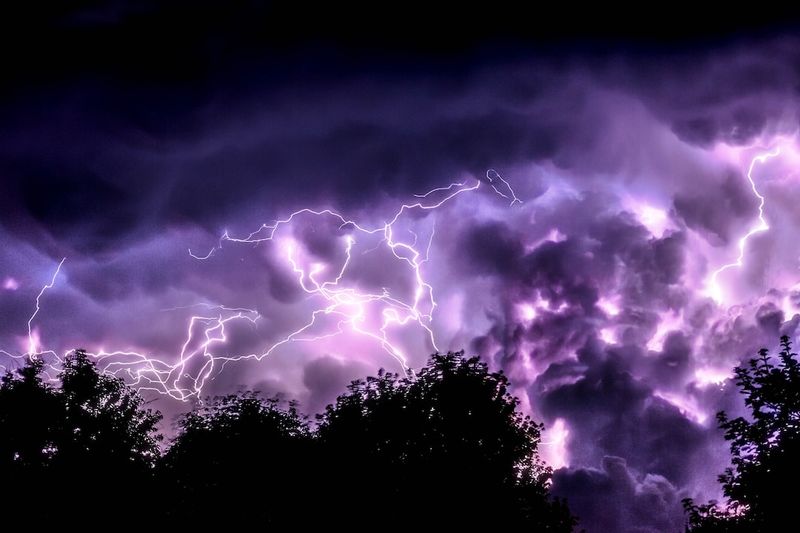Australia on High Alert for El Niño, Raises Risk of Extreme Weather
The Bureau of Meteorology has issued an “El Niño alert” for Australia, indicating a 70% chance of the climate system forming before the end of this year. This increases the likelihood of extreme weather events such as heatwaves, bushfires, and coral bleaching on the Great Barrier Reef. El Niño generally leads to reduced rainfall and higher daytime temperatures in winter and spring, and follows three consecutive La Niña conditions, which bring higher rainfall and lower temperatures to eastern Australia.
El Niño Impact on Australia
Australia has been on “El Niño watch” and the latest update does not change the earlier forecast regarding drier and warmer conditions across much of the country this winter. The bureau warns that sea surface temperatures in the central and eastern Pacific Ocean are at least 0.8C above the long-term average, which is indicative of an imminent El Niño. International climate models, including that of the bureau, suggest that sea surface temperatures will continue to rise in the region in the coming months.
Dr. Tom Mortlock, a senior analyst at Aon and adjunct fellow at the UNSW’s Climate Change Research Centre, has warned that the landscape is already preconditioned for bushfires due to significant fuel growth occurring during the long absence of El Niño and back to back La Niña.
Impact of Indian Ocean Dipole
All models suggest that the Indian Ocean Dipole, another climate driver, may move into a positive phase in winter. This has the potential to suppress winter and spring rain across Australia and exacerbate the drying effect of an El Niño.
Editorial
The recent Bureau of Meteorology update is a matter of concern for Australia, particularly for the farming sector. Reduced rainfaill is likely to impact winter crop production and the agriculture sector should prepare to cope with potentially drier times. The severity and the duration of extreme weather events brought about by climate change require urgent and sustained global action to reduce greenhouse gas emissions. It is important for countries to set and deliver on ambitious targets, incorporate climate risk into their economic and financial policies, and support vulnerable communities around the world.
Advice
It is important for individuals and communities to take proactive measures to mitigate the impact of extreme weather events. This includes being prepared for bushfires, monitoring conditions, following alerts, preparing evacuation plans, and having adequate insurance. The government and other stakeholders must also address issues such as infrastructure, emergency services, and land-use planning to minimize the impact of extreme weather events on the community.

<< photo by Jeremy Thomas >>
You might want to read !
- “Serial rapist Joel Russo sentenced to jail for brutal assault on woman, sparking debate over Australia’s handling of sexual offenders”
- El Nino to Bring Hotter and Drier Weather to Australia This Year
- 11 of Blake Lively’s Most Extraordinary Street Style Outfits
- “Tennis’s Newest Supermum: Disrupting the Game and Redefining Motherhood”
- “Chatbot Takes Over: What Happened When Charlie Brooker Collaborated with AI for Black Mirror?”
- How to watch Vissel Kobe vs Barcelona: Kick-off time, live stream & TV channels in Australia




